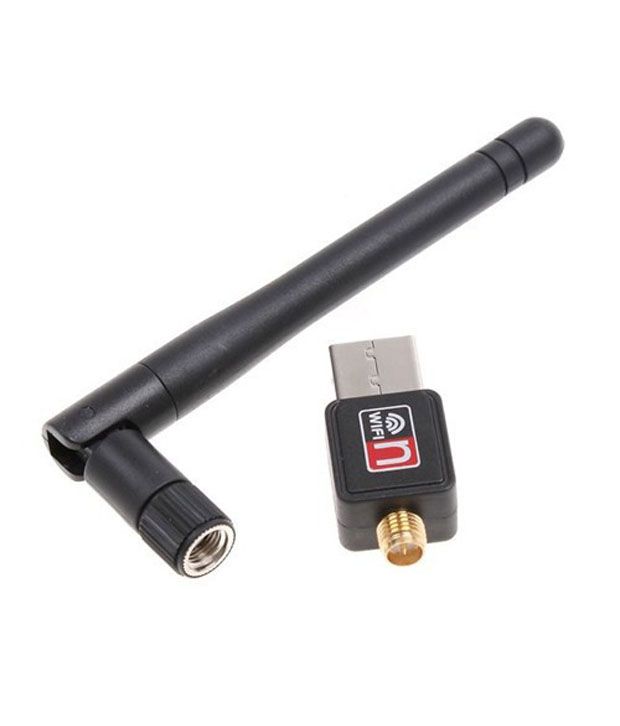How to Connect a Sony Block Camera to a Pleora External Frame Grabber. Before connecting a Sony block camera to your SB-GigE or SB-U3 External Frame Grabber, please read the following application note: Important Precautions for 30-Pin Micro-Coaxial Connectors. Pleora's RuggedCONNECT platform converts sensor data from multiple sources into a standardized feed that is transmitted over a low latency, multicast Gigabit Ethernet (GigE) network to endpoints. Manufacturers can design straightforward camera-to-display systems and cost-effectively evolve to fully networked architectures integrating different. With Pleora’s new gateway end-users and integrators can easily deploy AI skills without any additional programming knowledge. Through a simple web-based interface, images and data are uploaded to “no code” training software on a host PC, which generates a neural network that is deployed onto the Pleora AI Gateway. Images and data are uploaded to “no code” training software through a simple Web-based interface on a host PC. This generates a neural network that is deployed on the Pleora AI Gateway. An operating system built on Pleora’s eBUS SDK provides a user-friendly network to upload custom skills developed in Python. From Wikipedia, the free encyclopedia Pleora Technologies Inc. Is a privately held Canadian company that specializes in video transmitters and receivers that enable the streaming of data or video in real-time over standard Gigabit Ethernet networks. The company was founded in 2000 by George Chamberlain and Alain Rivard.
What is GigE Vision?

GigE Vision® is a global standard for video transfer and device control over Ethernet networks, including GigE, 10 GigE, and 802.11 wireless networks. Since the ratification of the standard in May 2006, most of the world’s leading hardware and software vendors for industrial video have unveiled GigE Vision-compliant products. These products – frame grabbers, embedded interfaces, cameras, video servers, video receivers, control applications, and management entities – all interoperate seamlessly over the Ethernet platform.
What are the benefits?
Pleora Network & Wireless Cards Drivers
The GigE Vision standard cost-reduces the design, deployment, and maintenance of high-speed video applications by:
- Allowing Ethernet-based imaging products from different vendors to interoperate seamlessly, without time-consuming and costly integration issues;
- Making it easier to leverage the native performance attributes of the Ethernet platform, such as its long-distance reach, networking flexibility, scalability, high throughput, and full-duplex connections; and
- Making it simpler to implement applications on widely available Ethernet network elements, such as switches, network interface chips/cards, and Cat-5/6 or fiber cabling; and
- Delivering a standardized environment for the delivery of new-generation, networked video applications based on switched Ethernet architectures.
What is Pleora’s role?
Pleora’s frame grabbers and embedded solutions are GigE Vision compliant, and the company plays a leadership role in GigE Vision standards activities. We co-founded the GigE Vision initiative in 2003, our representative serves as Vice-Chair of the AIA GigE Vision Standard Committee, and we make significant contributions to the AIA GigE Vision Technical Committee. Our representatives serve as Vice-Chair of the AIA GigE Vision Technical Committee and provide stewardship as a member of the AIA Board of Directors.
How is GigE Vision related to GenICam and USB3 Vision?
GigE Vision uses the applications programming interface (API) defined by the GenICam™ standard to access and control features in compliant cameras and other imaging products. The USB3 Vision standard is allied with GenICam in the same way. The shared use of GenICam provides camera and system manufacturers with a common set of feature names and configurations for many types of cameras and other imaging products from different manufacturers, simplifying applications design and integration.

How has the standard evolved?
Pleora Network & Wireless Cards Drivers
Versions 1.0 and 1.1 of GigE Vision focused on standardizing video transfer and device control for point-to-point connections between cameras and PCs. Version 1.2, ratified in January 2010, expanded the standard to accommodate networked video applications that leverage switched Ethernet client/server video networks. It allowed a wider selection of network elements to be registered as compliant products, including video receivers, video servers, and network-controlled devices. Version 2.0, released in November 2011, introduced support for 10 GigE, link aggregation, image compression (JPEG, JPEG 2000 and H.264), and the enhanced synchronization of vision system elements using IEEE 1588.
How is it managed?

The GigE Vision standard is administered by the AIA, a trade association for the machine vision industry based in Michigan, U.S. The AIA publishes the GigE Vision standard text and oversees the compliance process. Technical evolution is handled by the AIA’s GigE Vision Technical Committee, made up of representatives from every major sector of the vision systems industry.
Technical summary
The GigE Vision standard has four main elements:
- Device discovery – which defines the sequence of events required for compliant devices to obtain valid Internet Protocol addresses, and for control applications to discover compliant devices.
- GigE Vision control protocol (GVCP) – which defines how to specify video stream channels and control and configure compliant devices.
- GigE Vision stream protocol (GVSP) – which defines how images are packetized and provides mechanisms for cameras or other types of video transmission systems to send image data and other information to compliant receivers.
- An extensible mark-up language (XML) description file – which provides the equivalent of a computer-readable data sheet of features in compliant devices. This file must be based on the schema defined by the GenICam standard and include seven basic features.
Introduction to GigE Vision
Basic Overview of the benefits of the GigE Vision standard for video transport in machine vision applications.
